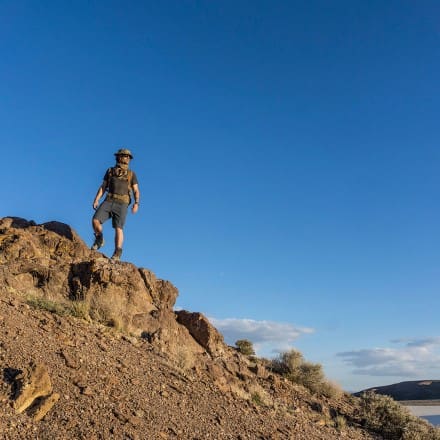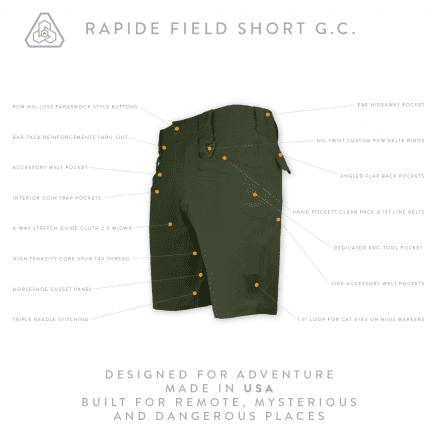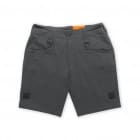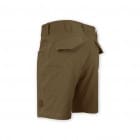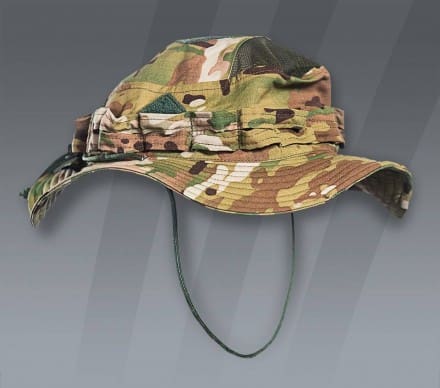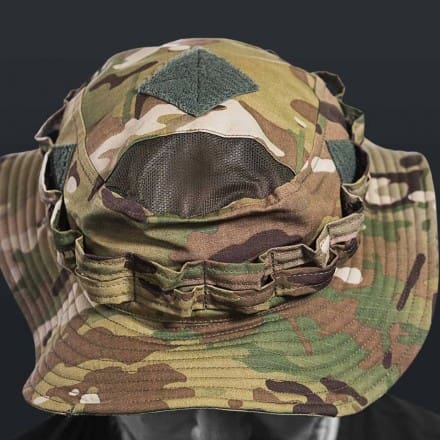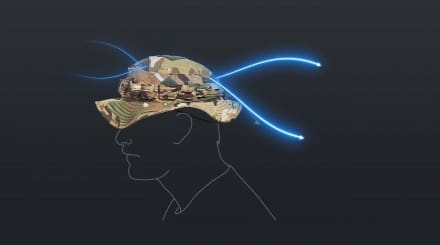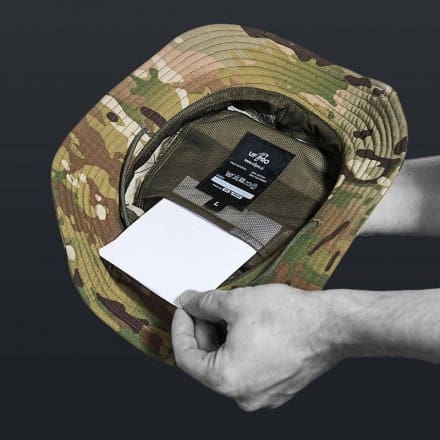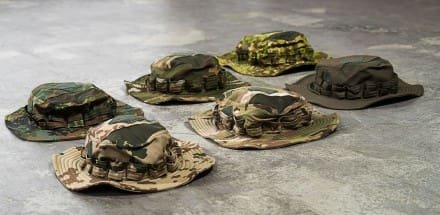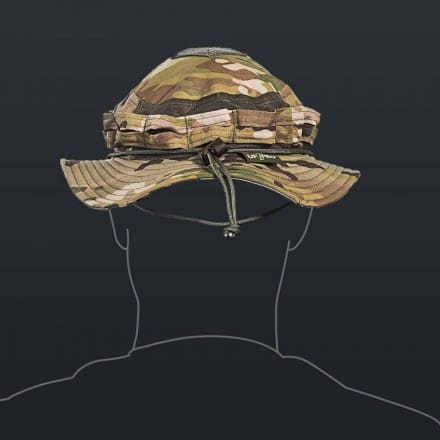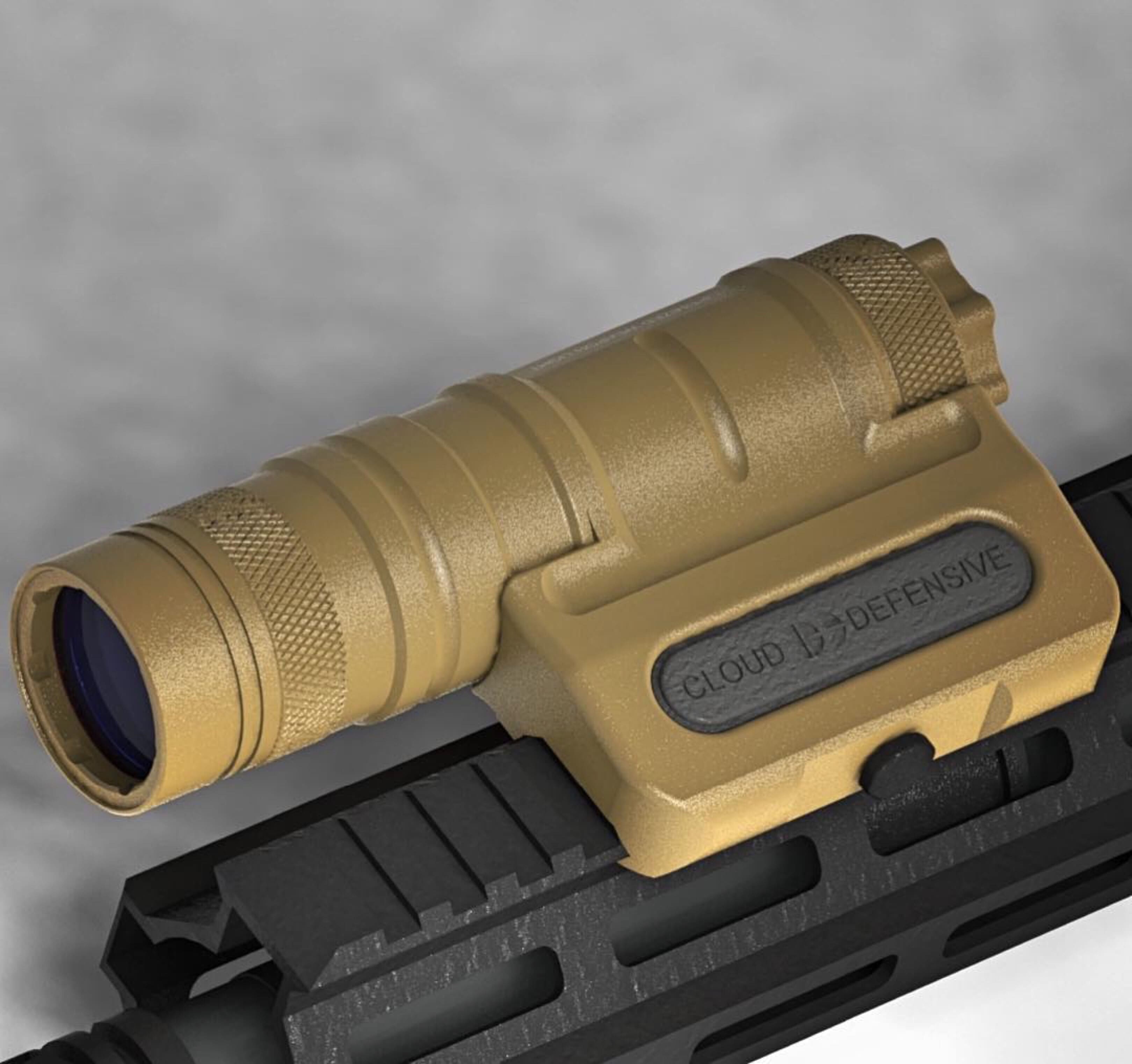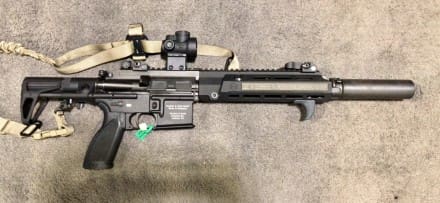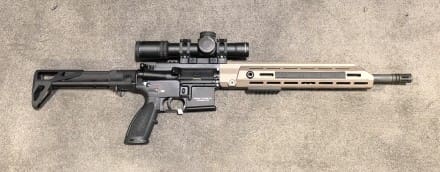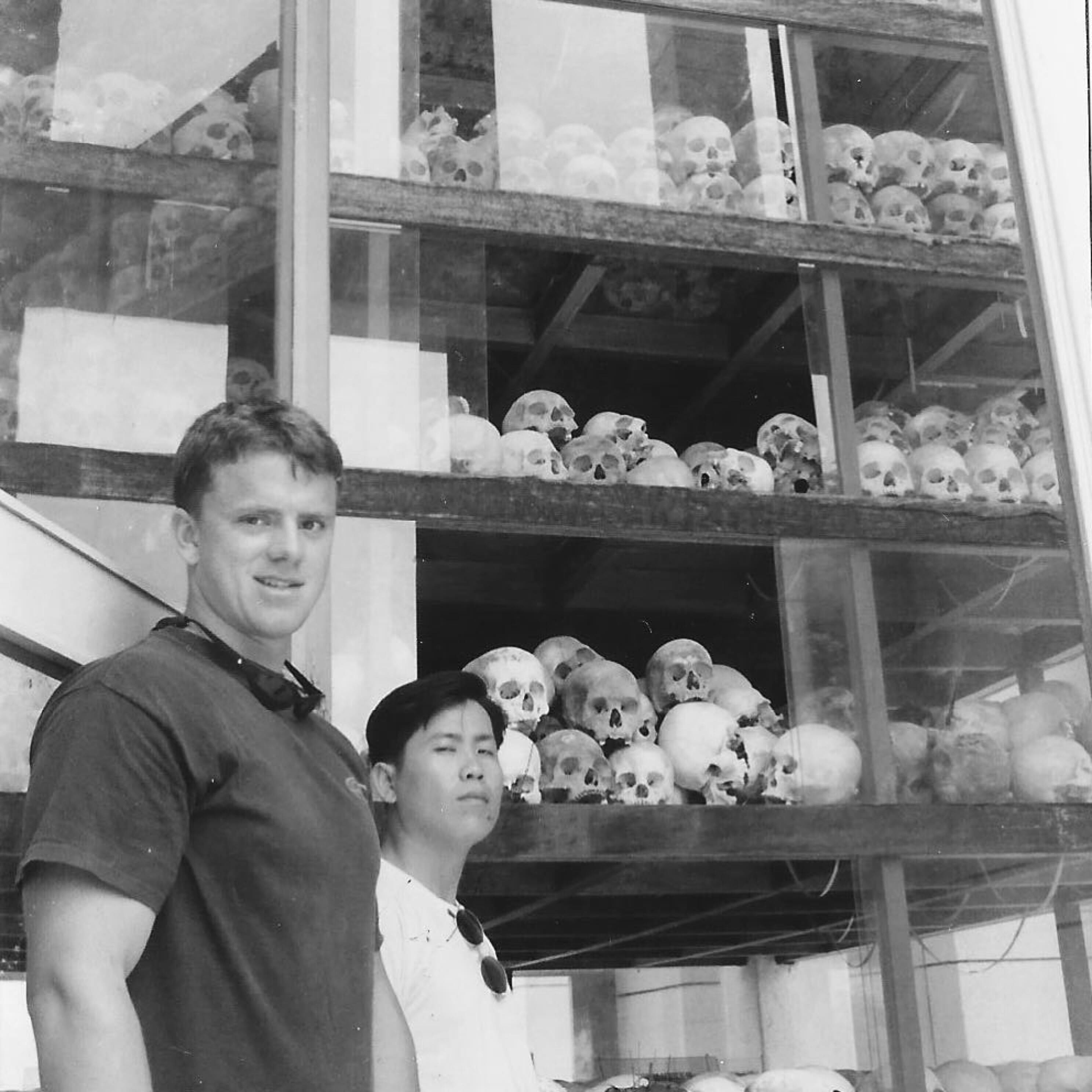Prometheus Design Werx’s best selling Rapide Field Short returns this year in their updated Guide Cloth for the start of the 2018 Summer Season. Featuring a high tenacity, 4-way stretch, C6 DWR treated nylon/Spandex blend, and a material weight that stays remarkably comfortable in just about any environment an explorer might be in. With ample functional features, work wear construction, superior quality of make, design and fit, this short is the one to rule them all. The Rapide Field Short GC is a best in class, technical garment for the capable and dedicated, self-propelled explorer, adventurer, and international traveller. For those who consider the whole world their area of operation this is one short that can tackle it all on performance, comfort and style.
The PDW Rapide Field Short GC is a part of their Built in USA CORE-Line of products by Prometheus Design Werx. Available in Dark Arid Earth, Dark Leaf Green, and Dire Wolf Gray.
The Design and R&D Team at PDW states:
“Since first debuting these a year ago, the Rapide Field Short has quickly become our favorite for every day wear during warmer seasons. The newly updated Guide Cloth we’re now using also makes this short quite suitable for the spontaneous dunk into a mountain lake if the opportunity arises. And if it does, certainly don’t hold yourself back if you’ve got a pair of these on. The Guide Cloth 2.0 fabric totally moves with you, dries fast, and the mesh pocket liners drains water fast. We truly believe these will be the most comfortable field short you will wear and own. Just recently, one of us travelled from warm, dry and sunny Arizona for 7 days, then almost right back out for 5 days in hot muggy Georgia, and the one goto short was the Rapide in Guide Cloth. We’re glad that we can continue to build these in our home state of California, are looking forward to hitting the trails in the Sierra this summer, any other points out bound across our nation and beyond.”
The PDW Rapide Field Short GC will be available for purchase on Wednesday, June 13, 2018 at 12:00 Noon PDT via their website, prometheusdesignwerx.com.


